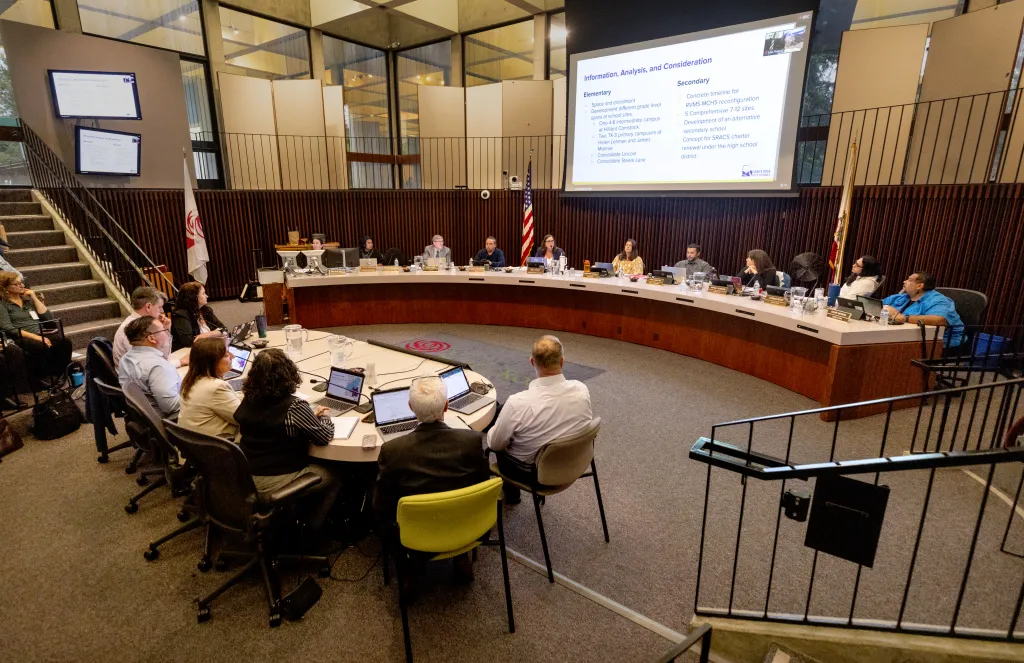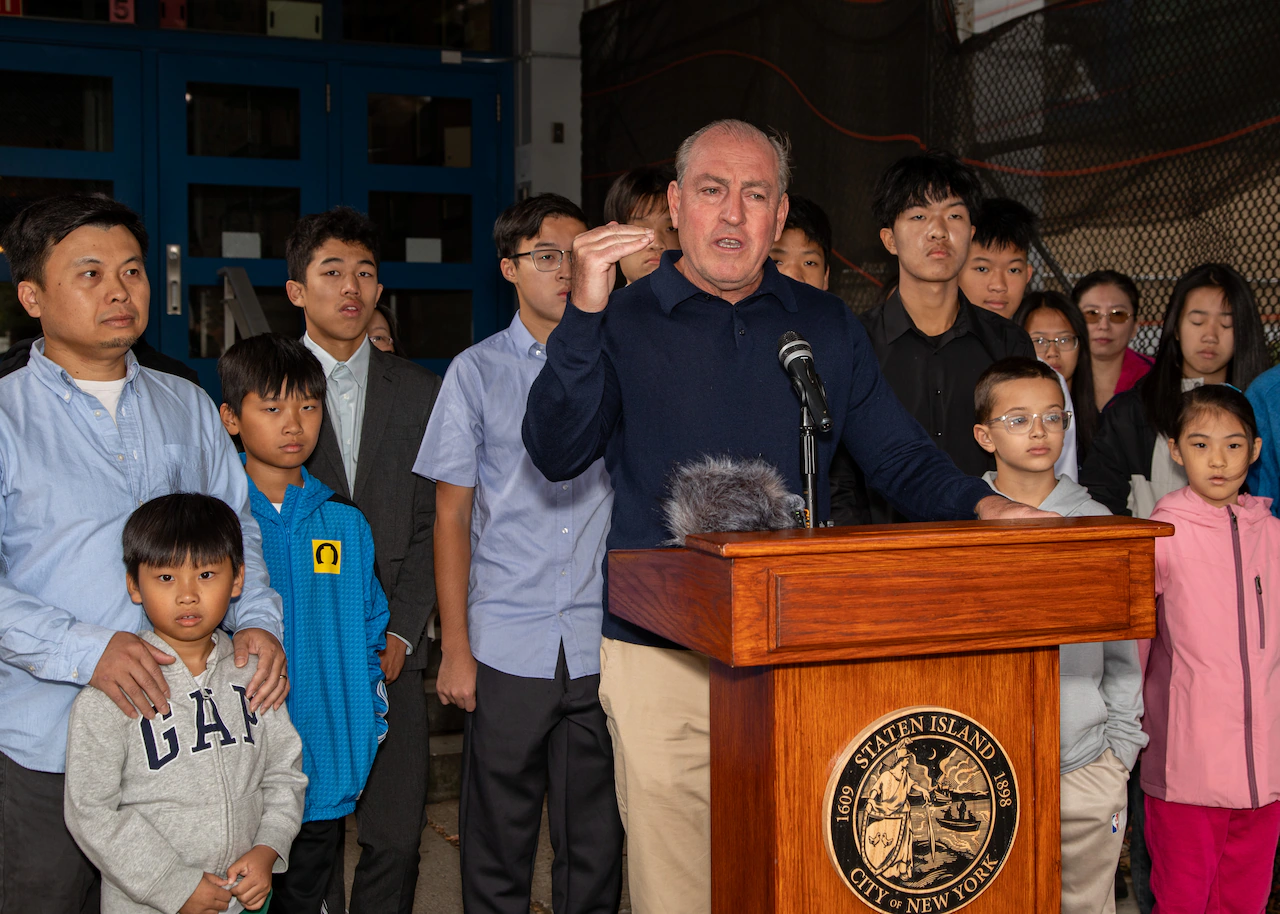Copyright Santa Rosa Press Democrat

Santa Rosa City Schools officials are considering whether to float a proposed parcel tax to voters as early as next year as another way to help address the district’s severe budget crisis. Board members and district leaders will meet Wednesday to discuss the proposal, which would levy a new tax on Santa Rosa property owners within the district’s boundaries, paid twice a year. The dollar figure being considered by the district was not available Tuesday in the board of trustees’ posted agenda for Wednesday night’s board meeting. Those documents do, however, outline two potential timelines the district can follow to get a parcel tax on the ballot. The first requires the district to advance ballot text and conduct polling before submitting the resolution to the county in January. Under this timeline, the district could be ready in time for June, when the state holds its primary election. The second option would allot more time to draft the measure, advancing it in the spring and adding it to Santa Rosa ballot for the Nov. 3, 2026 midterm election. Trustees could endorse either of those timelines Wednesday or opt to sideline the parcel tax discussion altogether. If the board does go forward, it would be the second district in the county this year to seek a parcel tax. Petaluma City Schools in August approved a ballot measure for this year’s Nov. 4 election seeking a parcel tax that would generate more than $3 million a year over eight years. Both districts are wrestling with major deficits driven by rising operational costs, the disappearance of pandemic-era one-time funds and, especially in Santa Rosa’s case, a decade-long decline in student enrollment. In September, Santa Rosa City Schools leaders announced they need to cut $10-15 million by the end of the school year. The county’s schools chief has warned that cuts must be identified by February to curb the risk of state takeover. The proposed parcel tax would be a first for Santa Rosa City Schools, which has relied instead on voter-approved property tax bonds over the years to raise revenue for campus improvements and other facilities needs. The proposal is on a packed Wednesday night agenda that includes numerous options district leaders are considering to address the fiscal crisis. Those include more pay cuts for district administrators and managers and the creation of a new committee dedicated to selling closed school sites. By June, the district will have closed at least six schools over two years in its budget-driven bid to restructure the 12,000-student system. District leaders have also signaled that more layoffs — on top of the 150 employees let go last school year — are inevitable. “We said that we’re going to be looking at everything and we’ve looked at another way to cut and consolidate but we’re continuing to struggle with ways to reduce our expenses,” said board Vice President Nick Caston. Caston, chair of the board’s financial subcommittee, which met last on Oct. 6., brought the parcel tax proposal forward at that meeting, pressing for another way to raise revenue while also making cuts. “It seems like we are at a place where it would not be fiscally prudent to continue talking about any of this without also talking about parcel tax revenue,” he said. The last time the district considered a parcel tax was in 2012, on the heels of the 2008-2010 recession, but the measure never made it on a ballot to voters. In the midst of budget conversations last school year, Interim Superintendent Lisa August said in December 2024 that polling from earlier that school year showed a parcel tax would likely not receive the necessary two-thirds majority with voters at that time. The discussion comes as a total of six property tax bonds remain active for Santa Rosa’s elementary and secondary schools. For elementary schools, those active bonds are: Measure C, approved in 2002; Measure L, approved in 2014; and Measure G, approved in 2022. For secondary schools, the active bonds are: Measure B, approved in 2002; Measure I, approved in 2014; and Measure C, approved C in 2022. Combined from those two sets of bonds, the last of which matures in 2053, the district expects collect about $325.1 million dedicated exclusively for its facilities. Unlike bonds, voter-approved parcel taxes have less restrictions on their use and could go to help replenish the district’s drained reserves and support operational costs, including staffing. Report For America corps member Adriana Gutierrez covers education and child welfare issues for The Press Democrat. You can reach her at Adriana.Gutierrez@pressdemocrat.com.



